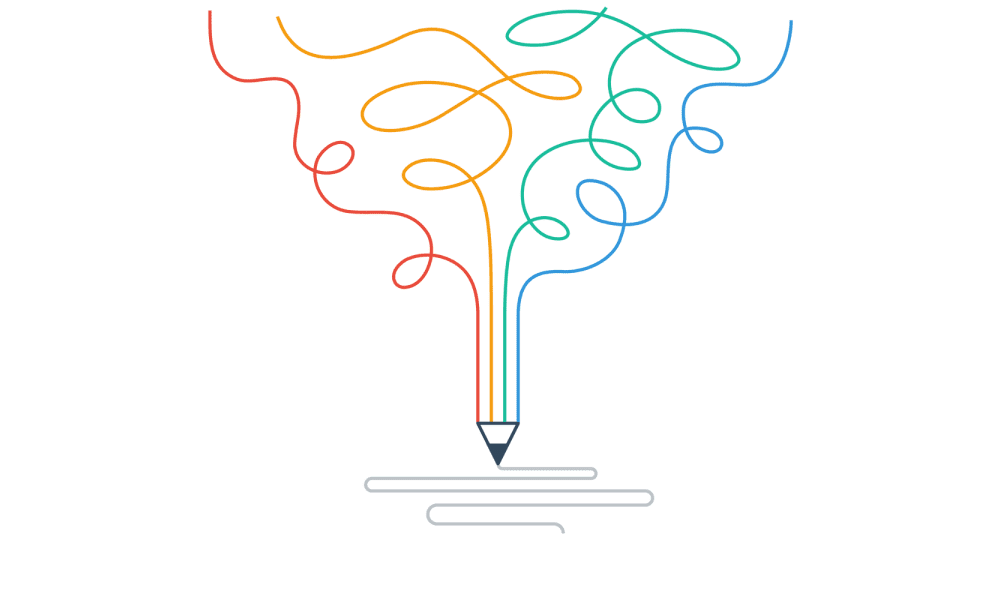
I was experiencing this for a few years but it took me a while to notice the subtlety and a little more time to understand why it was designed as such in the first place. Once I did, I was again convinced that really good design is as much about fine subtleties as it is about the big picture. I am talking about a very small, almost insignificant part of the entire experience of using a Mac, but worth the mention.
The charging indicator of the Macbook.
The Story
When charging, it is Amber! Calm, silent, and almost like introverts are in a room full of people. Even the intensity is low and Amber stays as if it does not exist! As you keep using your Mac, this status will not even once try to exhibit its presence or disrupt your attention. Instead, it quietly does the work it has been assigned to do - indicate to the user that Mac is being charged. Even if we get hyper-focused on our work and only care about what's on the screen, it won't get in the way of our sight and the work that we are up to.
It quietly serves its purpose, and once done, it makes way for the Green.
Once charged, it turns Green! And, with that, changes its behavior and character, especially the intensity. It changes to a point where it starts exhibiting its presence and demanding attention. If you are not totally focused, it would come in the way of your sight, lower the quality of UX (the green light falling on your eyes from the side) and make sure you unplug it. It may also lead you to get up and unplug the charger too from the socket.
It behaves as if it is asking or may be requesting you to unplug so that experience of the product is also not harmed as keeping it plugged in is not good for the Mac too. While it was Amber, it gave preference to users' UX. Once charging is done, it turns green, and that too in a way that gives preference to the product (Mac here) above me.
Though green can be a smooth color, the intensity here is increased so that the brightness is not so pleasant to the eyes and it forces the user to get rid of it as early as possible.
It's about Craft
Once I came to the conclusions above, it was really insightful for me to notice how fine it is and the minutest of care must have been taken for even a small, seemingly insignificant part of the entire experience spectrum of the product. When we use a product, it is not just us who experience the product but the product also goes through an entire experience of all sorts.
In the above design story, we saw how a product changes its behavior and character with the needs of the user and even its own needs. It is so good to see this humane aspect even finding a way in physical-digital product design.
Two contexts, two priorities, and two
behavioral changes: win-win for both!






